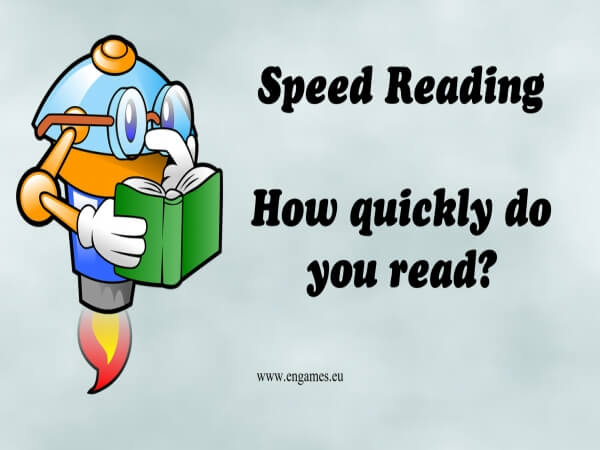7 Problems with Reading Aloud and a Possible Solution
Reading aloud is one of the most frequently used activities at schools. At the same time, it is one of the most discussed activities in ELT and many teachers refuse to use it. In this post, I would like to discuss the problems reading aloud poses and a possible solution. The first problem, and one…

